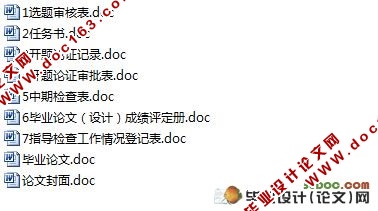从文化视角看汉英翻译中的语篇连贯性

摘 要:本论文结合有关连贯、语篇连贯的理论研究,从文化角度分析在汉英翻译中如何取得语篇的连贯性,并倡导译者在语篇翻译实践中可将连贯作为一个翻译标准。然而翻译是一种跨文化活动,翻译涉及的不仅仅是两种语言,同时也涉及两种不同的文化。由于原文中隐含着文化背景知识,因此在译文中必须加以文化补偿才能使译文具有连贯性。本论文通过对语篇翻译的具体分析,从文化视角分析了汉英翻译中能使译文保持连贯的几种策略。
关键词:语篇连贯;语篇翻译;文化
Textual Coherence in Chinese-English Translation from a Cultural Perspective
Abstract: This paper analyses how to acquire the textual coherence in C-E translation from a cultural perspective, using the theories concerning coherence and textual coherence. It also advocates coherence as a standard in textual translation. However, translation is a cross-cultural communication, which involves not only two different languages but also two different cultures. Owing to the implied cultural background knowledge in the source text, we must use cultural compensation so that coherence can be incorporated into the target text. This paper analyses textual coherence and puts forward some strategies to keep coherence in C-E translation from a cultural perspective.
Key words: Textual Coherence; Textual Translation; Culture
[资料来源:Doc163.com]

Contents 6300字
Abstract…………………………………………………………………………………….1
Key words………………………………………………………………………………….1
Introduction………………………………………………………………………………...3
[资料来源:http://Doc163.com]
1 Text, coherence and translation………………………………….…. …………………...3
1.1 Text and translation……………………………………...………………………….….3
1.2 Coherence and translation ...………………................………………………………...4
1.2.1 Development of coherence and textual coherence………………………………..….5
1.2.2 Important value of coherence …………….…………………………………….…....6
[资料来源:Doc163.com]
2 Translation from the perspective of culture in a context………………………………….7
2.1 Translation as a cross-cultural communication…………………………………………7
2.2 Cultural default and its detriment on coherence ……………………………………….8
2.2.1 Cultural default ……………………………………………………………………….8
2.2.2 Necessity to compensate for cultural default to establish coherence ………………...8
2.3 Strategies to compensate for cultural default ………………………………………….10
[资料来源:http://doc163.com]
2.3.1 Literal translation with explanatory notes …………………………………………...10
2.3.1.1 Literal translation with accompanying explanatory notes ………………………...10
2.3.1.2 Literal translation with explanatory notes as appendages …………………………11
2.3.2 Literal or liberal translation with expanded explanation incorporated ………………12
Conclusion …………………………………………………………………………………14
Notes ……………………………………………………………………………………….14 [资料来源:Doc163.com]
Bibliography………………………………………………………………………………..15
Acknowledgements………………………………………………………………………....16 [资料来源:www.doc163.com]
